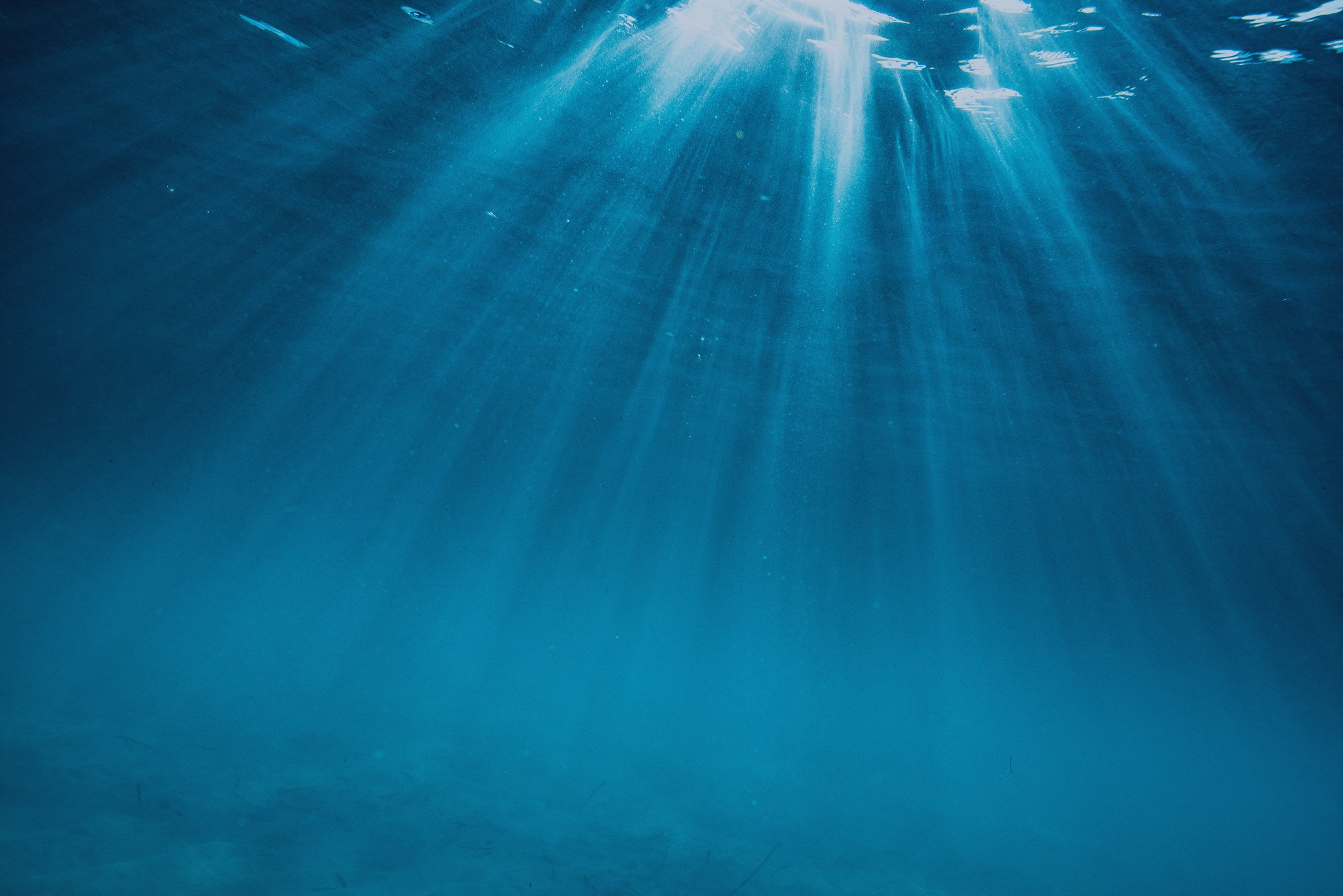
Water Column

What is a Rain Garden?
With the heavy rainfall and multiple flood events in the Adirondacks and surrounding areas this spring and summer, you may find yourself thinking about how large volumes of stormwater are managed more than you have in the past. Due to climate change, and because warmer air can hold more moisture, we have experienced more frequent and intense precipitation events in the past 30 to 40 years, and it's likely that this pattern will continue in the years to come.
So, what can you do to help protect yourself, your community, and the waterbodies you reside by? One option is to consider planting a rain garden.
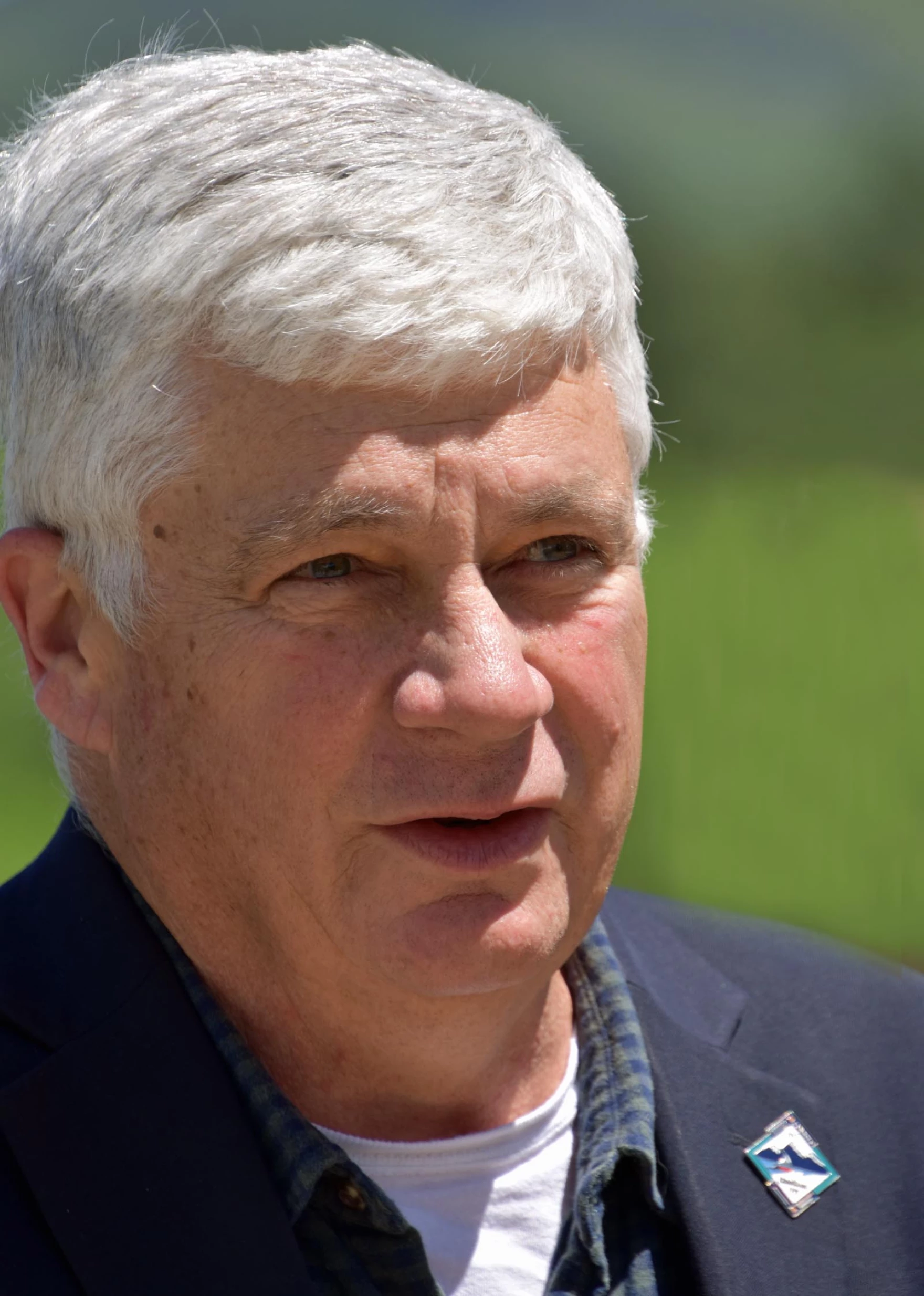
Puddle Jumpers #3- Shaun Gillilland
Our final episode of Puddle Jumpers for Adirondack Water Week brings us to Willsboro, NY where we spoke with Town Supervisor Shaun Gillilland about the dam removal on the Boquet River.
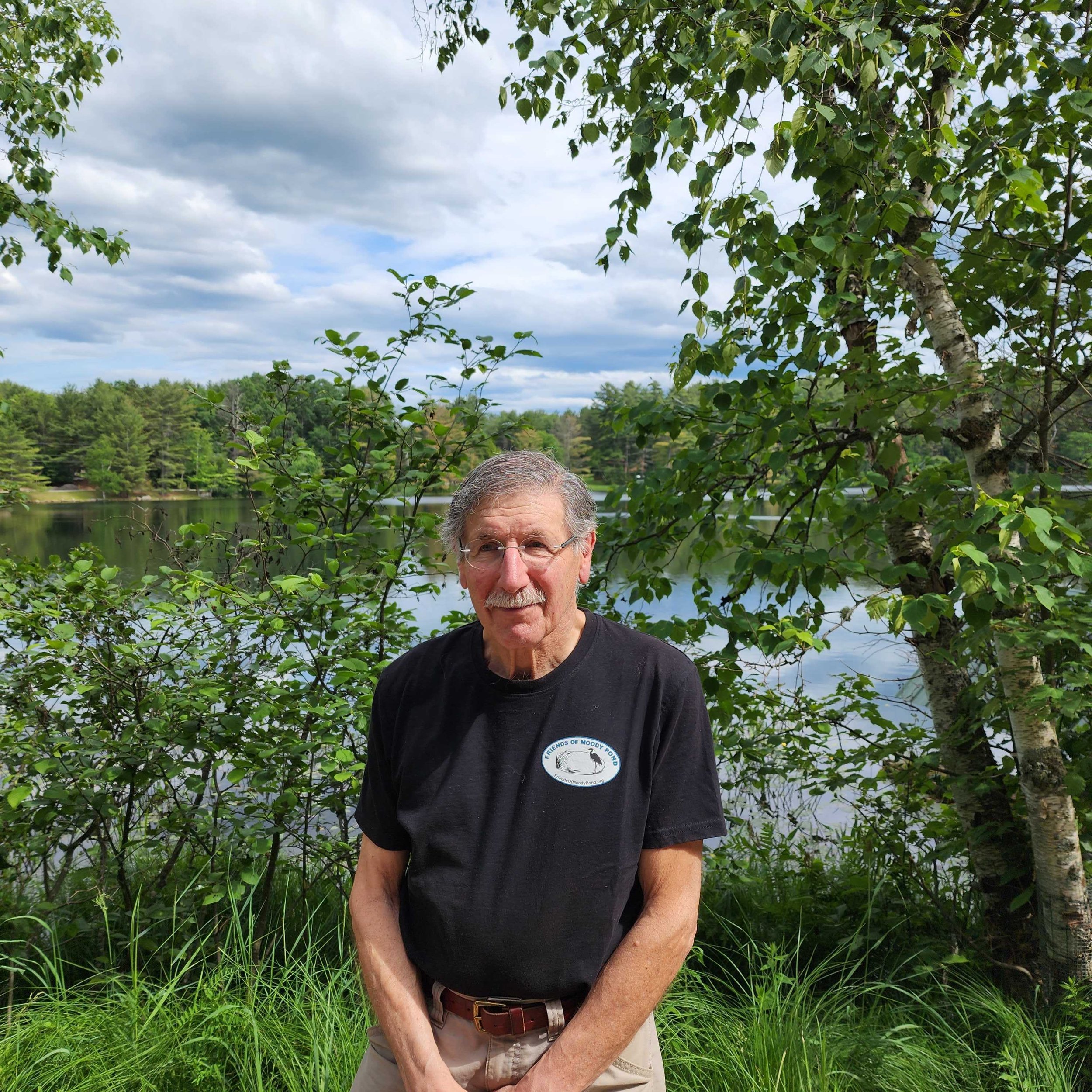
Puddle Jumpers #2- Friends of Moody Pond
This episode, we sat down with Jay Federman, Vice President of Friends of Moody Pond, to discuss the work they have been doing to eradicate milfoil in Moody Pond.
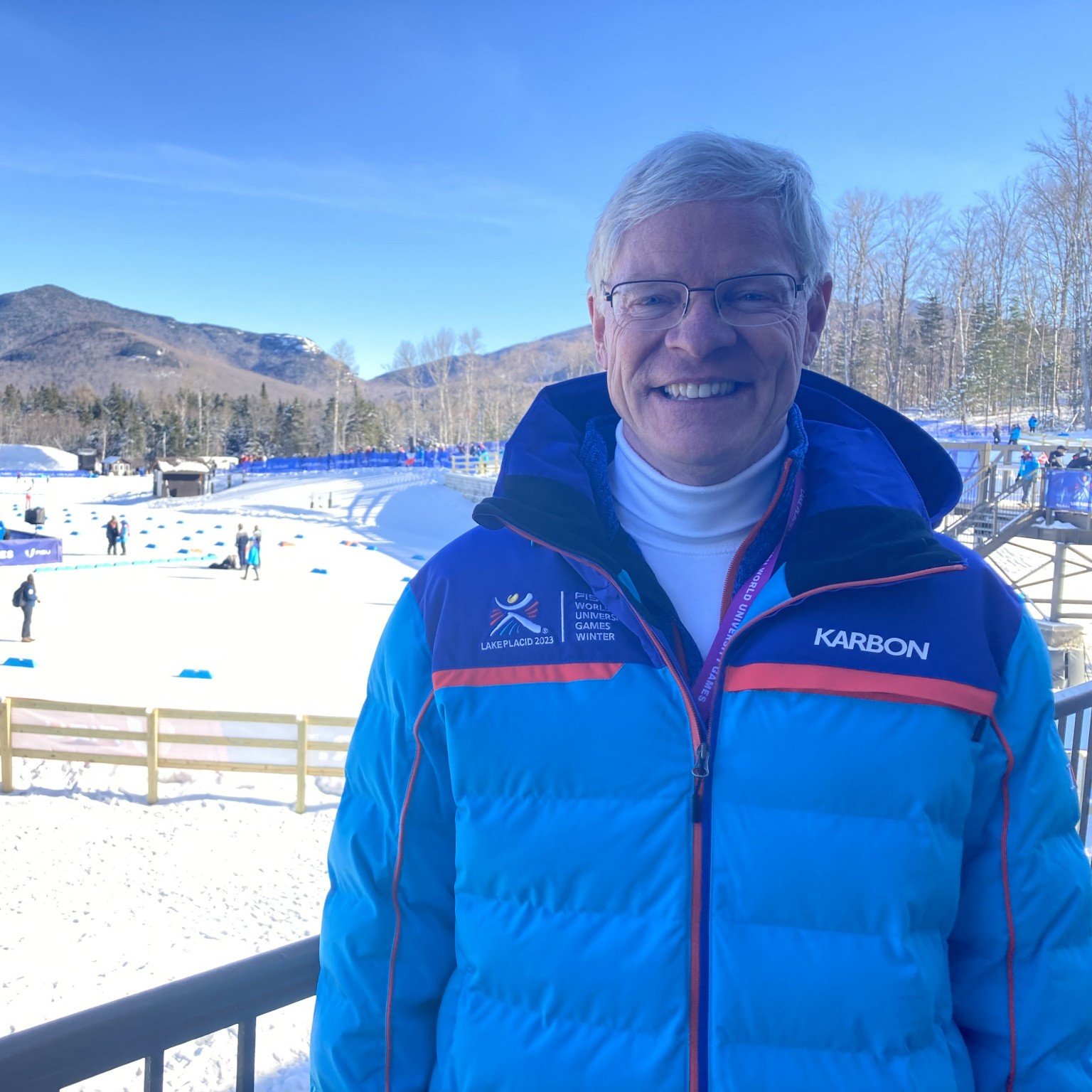
Puddle Jumpers #1- Art Devlin
Puddle Jumpers is a podcast produced by the Adirondack Watershed Institute to highlight communities and community members doing important work in their watershed.
This episode highlights Mayor Art Devlin of Lake Placid and the work that he has been doing with Mirror Lake.

Healthy Hemlocks, Healthy Watersheds
The Eastern hemlock (Tsuga canadensis) is an icon of northern forests. Tsuga canadensis is considered a foundation species and creates many soil and water conditions that are essential for the health of our watersheds. Ranging from Northern Georgia to the Northwoods of Maine, this species of evergreen thrives in moist soils present in much of the Adirondacks.
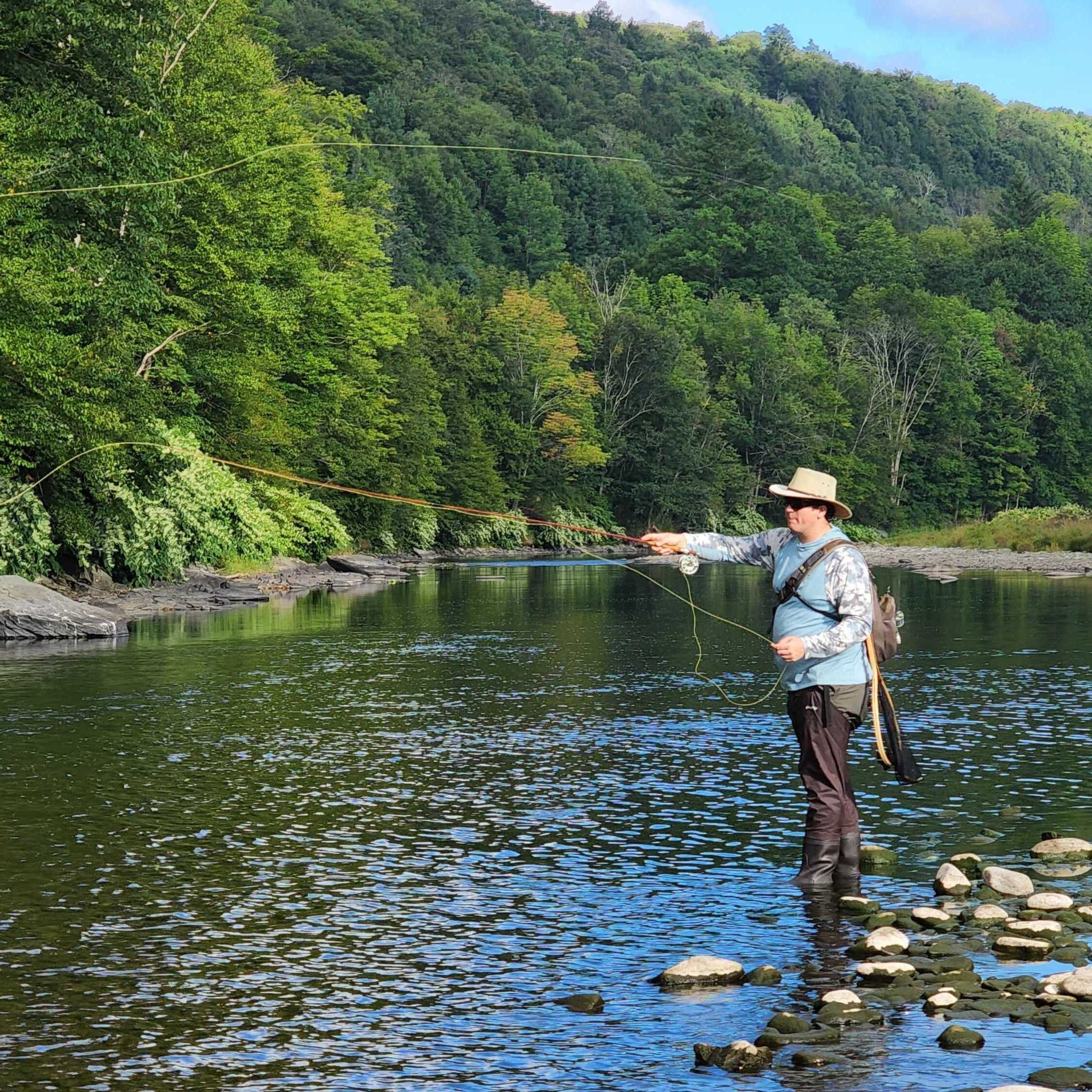
The Science of Fly Fishing
When someone says fly-fishing, one may think of an older man standing in a stream, fishing rod in hand, line stretched out behind him as he begins to cast forward. Others may think of the 1992 film A River Runs Through It, starring a young Brad Pitt, and the stir the movie caused in the fly-fishing world. For Jesse Rock, fly-fishing is about sharing the streams and love of the sport with students while teaching them about the ecology of the waters.
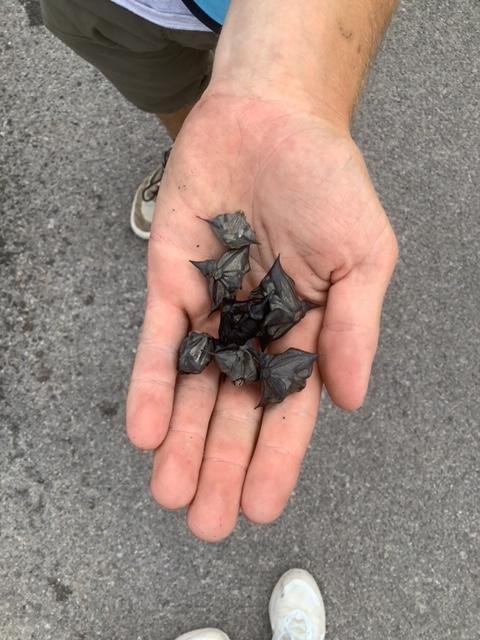
Can you eat invasive species?
One of the most impactful things you can do is to check your watercrafts for any lingering invasives and remove them before you head to the next lake or pond. Once you remove them, then what? Well, some may be asking, can you eat an invasive?
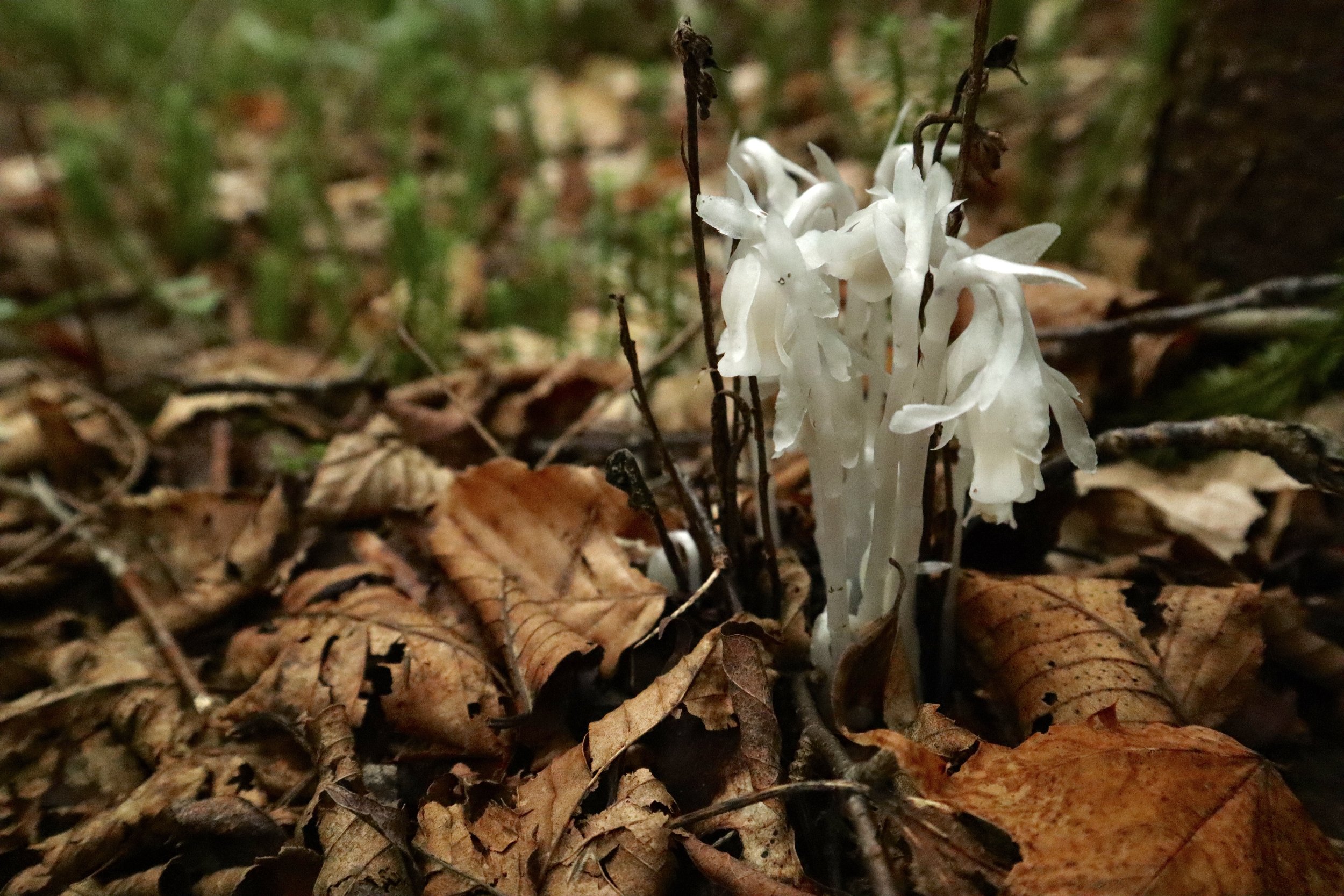
What are those wildflowers?
Wildflowers can be a great introduction to understanding complex relationships in the natural world. In the Adirondacks, the bloom of the Painted Trillium (Trillium undulatum) or Bunchberry (Cornus canadensis) is often noted as the true arrival of spring.

Earth Day: A Time to Reflect and Look Ahead
For many of us, it’s hard to imagine a time when the environmental protections of the Clean Water Act, the Clean Air Act and the Endangered Species Act were not present, however prior to 1970 this was the case.

Zebra mussels: filter feeding foes
Our Stewardship team is dedicated to preventing the spread of aquatic invasive species in Adirondack waters. We accomplish this through a combination of boat inspections, free boat wash stations, and public education. The Adirondacks are home to more than 3,000 lakes and ponds, with roughly 25% of those waterbodies having at least one aquatic invasive species present.

Mirror Lake Long-Term Monitoring Pays Off
Long-term environmental monitoring is notoriously difficult to fund and challenging to keep going. Yet, the return on investment is significant, and we know that to protect and manage our natural resources, we need good data. Mirror Lake is a prime example of how long-term monitoring can improve water quality and lake health.
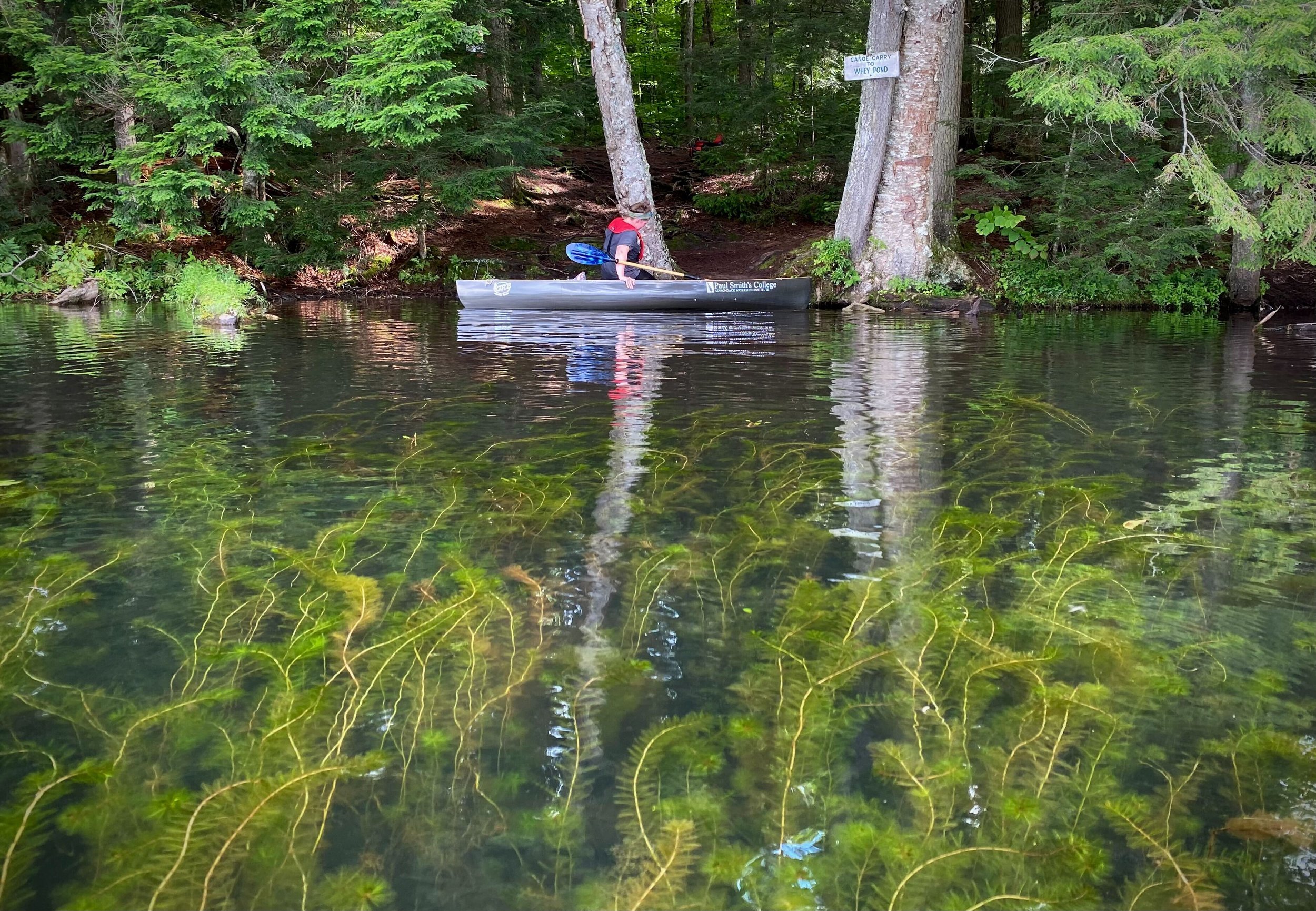
Building an Invasive Species: What makes them invasive?
One of our key objectives here at the AWI is to protect our waters through our Watercraft Inspection Stewards, who do an amazing job every summer of catching invasive species and decontaminating boats to prevent the spread of invasives. Whether you are a boater who has met one of our decontamination stewards before or are a routine Clean, Drain, Dry advocate, you may be wondering: what actually makes a plant or organism invasive?
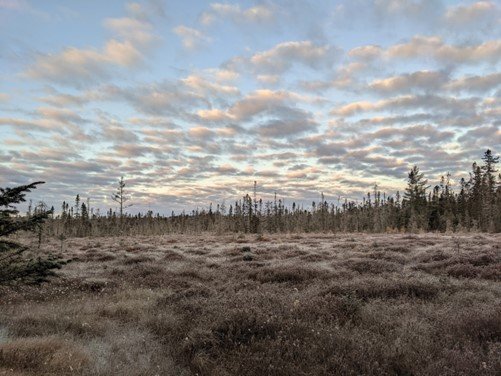
For Peat’s Sake
It’s November and that means that the UN Climate Conference is in the news. COP27 – the 27th meeting of the Conference of Parties – is happening in Egypt; these conferences are the foremost global forums for multilateral discussions of climate change. Among the important topics of discussion at this year’s meeting is the fate of the world’s peatlands.

Beavers and Brook Trout
In the Adirondacks there are many iconic duos, Adirondack chairs on the lakeshore, snacks on a summit, and loons on a lake. However, to some people, there is nothing more satisfying than the calmness found on a remote beaver pond fishing for brook trout.
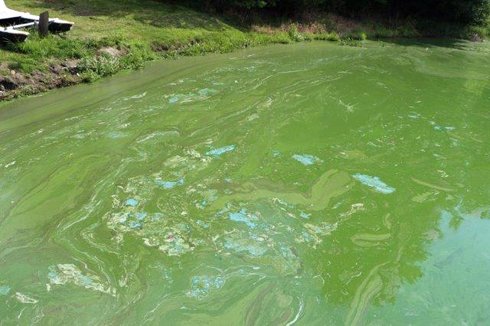
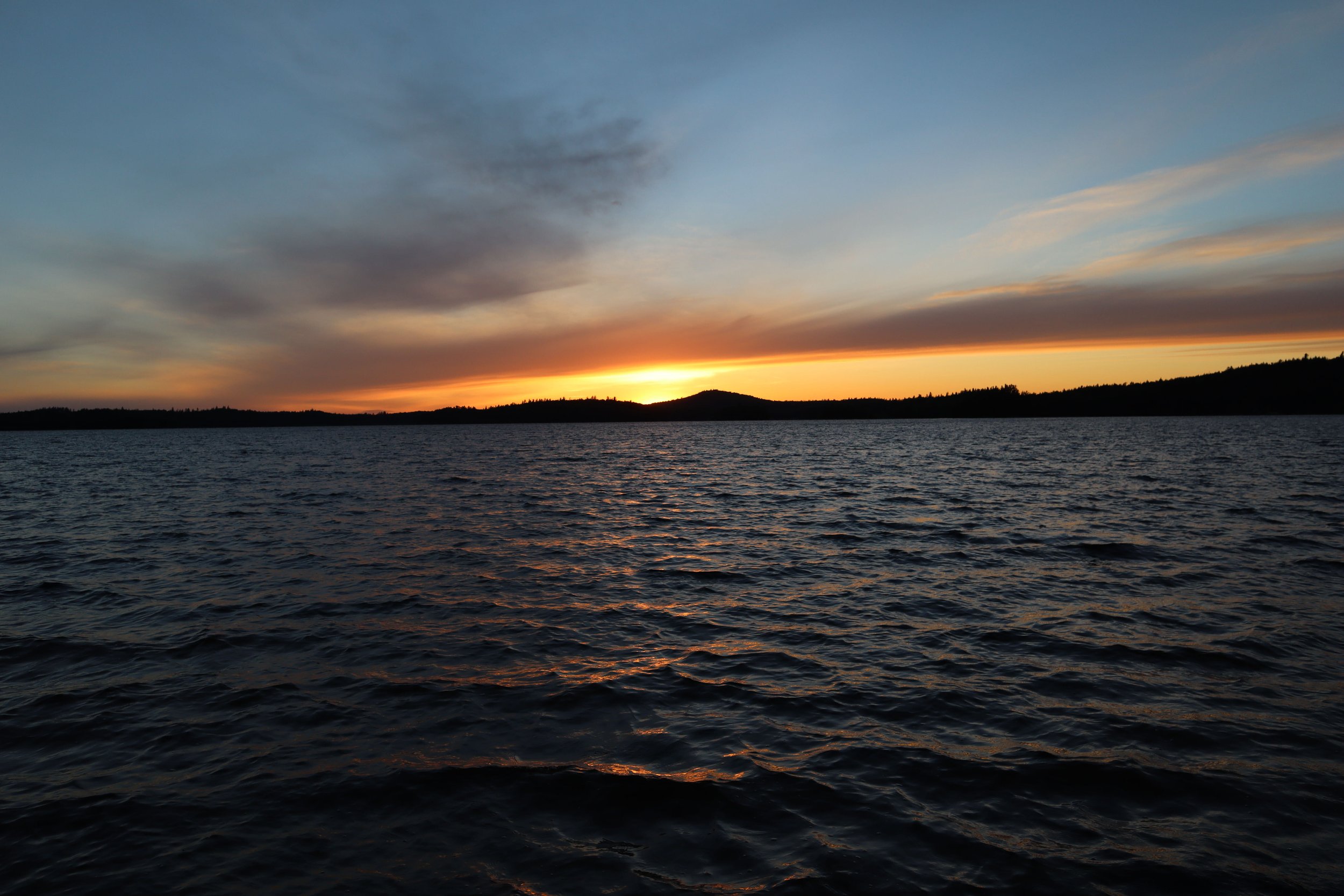
Connecting Community with Clean Water
There’s no shortage of places to explore in the Adirondacks. The Adirondack Park consists of more than 3,000 lakes and ponds, and over 30,000 miles of rivers and streams. I’ve been fortunate to have spent much of my life within an hour of the Adirondack Park, exploring these waters and the woods that surround them.
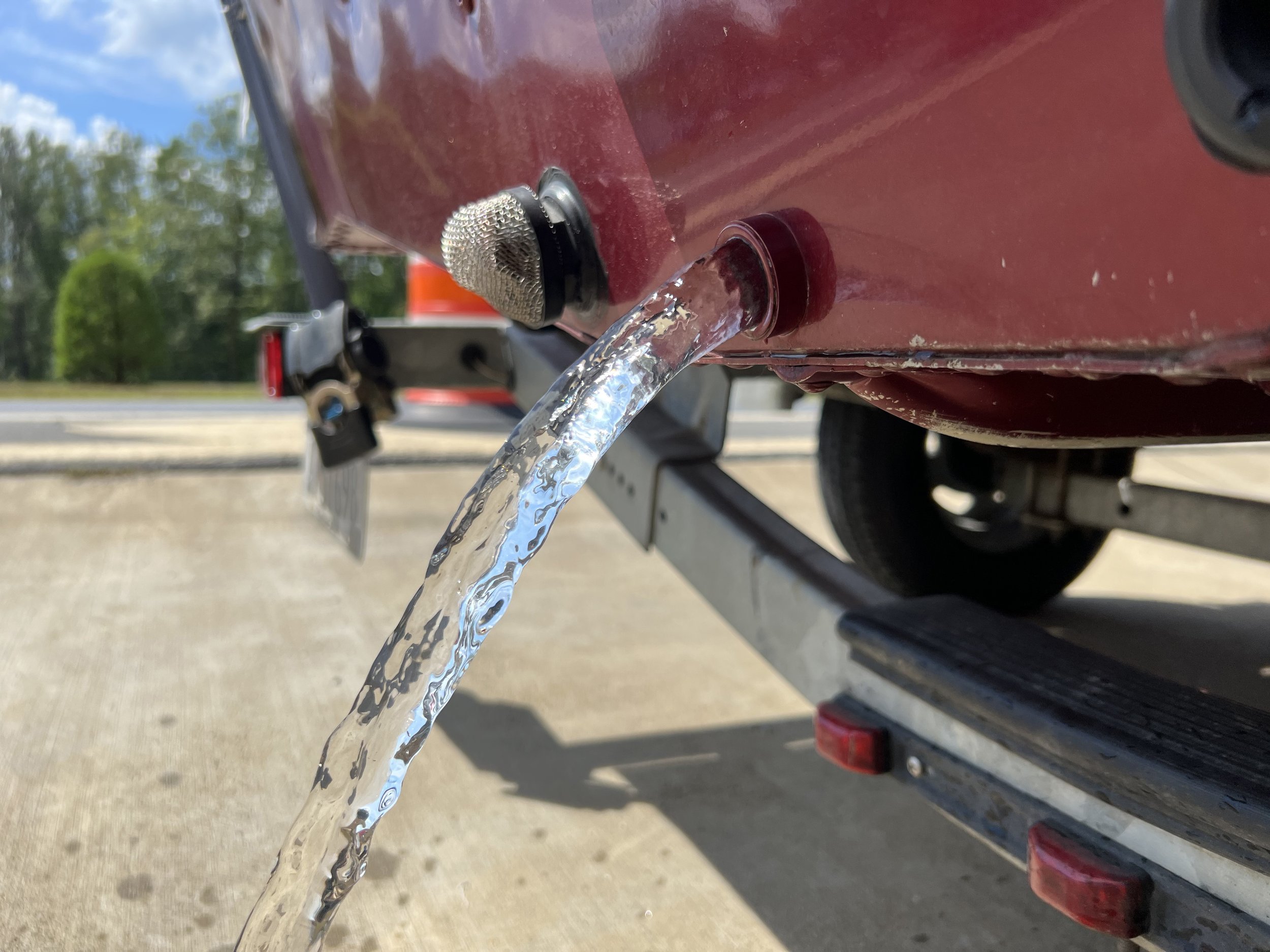
L’Amour at the Launch
Inspecting and decontaminating vessels of all imaginable types gives us the much-appreciated opportunity to view an amazing variety of watercraft and to meet a broad spectrum of genuinely terrific water enthusiasts. In 2022, we saw everything from jaw-droppingly gorgeous fishing boats with unimaginable candy flake finishes to personal watercraft over a decade old, which were cosmetically indistinguishable from models fresh off the production lines, to color-coordinated towing rigs pulling brand new boats and trailers of matching hue (and receiving their first launch ever!), to meticulously preserved mahogany speedsters from the 1930’s, to a restored and previously ocean-going fishing trawler from the 1960’s, to handmade Adirondack guide boats and canoes, to double-decker pontoon boats which actually had second stories where slides would be installed and personal mini waterparks would be created out on our waterbodies.
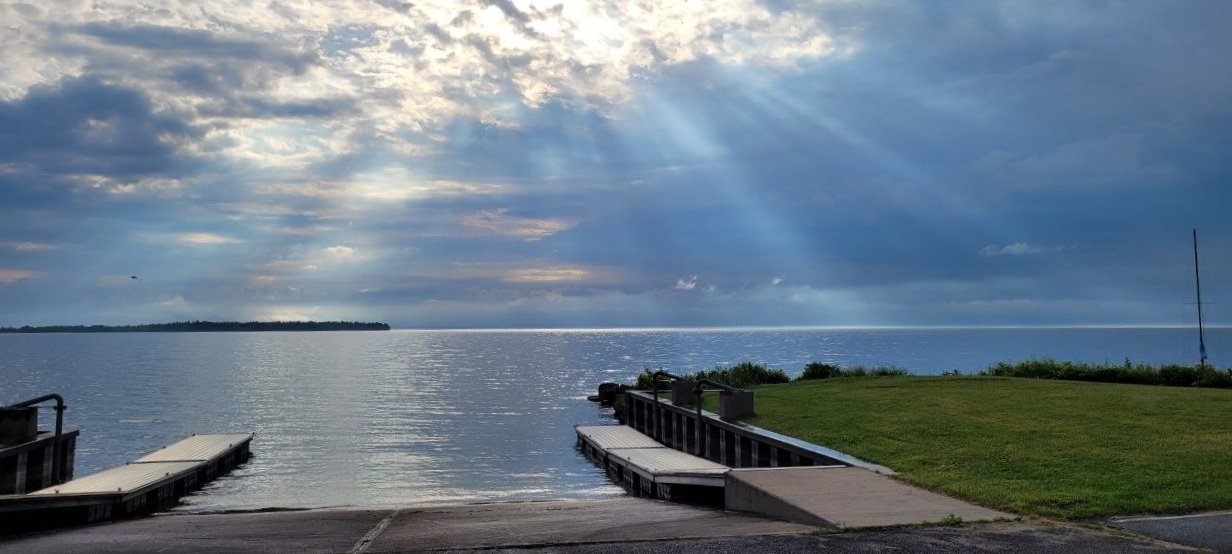
Reflections From A Steward: Nicole Zlotnick
Being a steward has been an amazing experience thus far on my path in an environmental career. I became interested because of my love for the environment and our water systems. I have gained knowledge about how invasive species spread and their impact on ecosystems, as well as identifying native and non-native species.
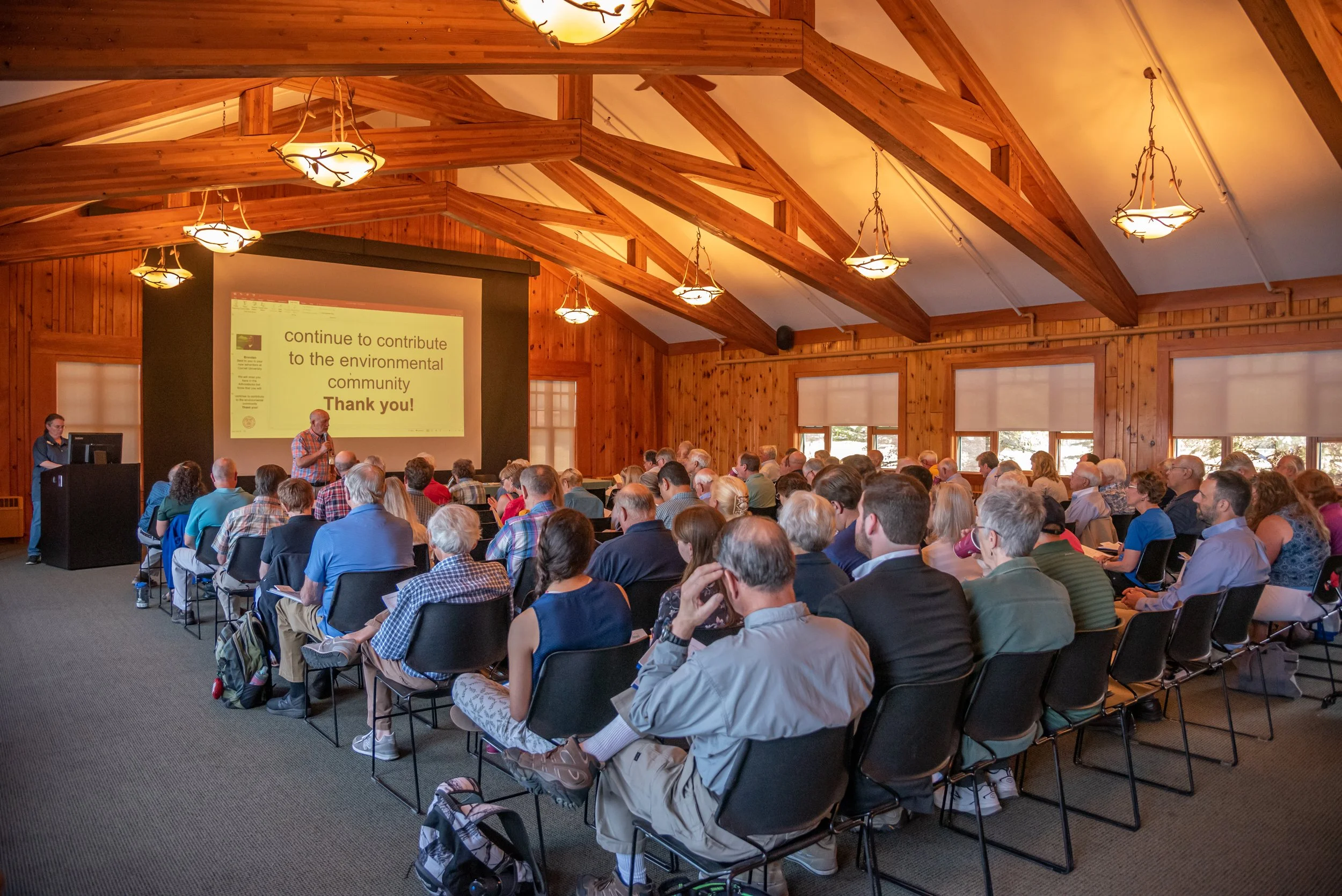
Place-based watershed planning
Community-based plans not only serve as a launching point for local initiatives, but they set up a road map to help communities secure future funding. State agencies often require some level of planning in place for a community to be eligible for future state grants. Such planning demonstrates consensus building and strategic thinking.
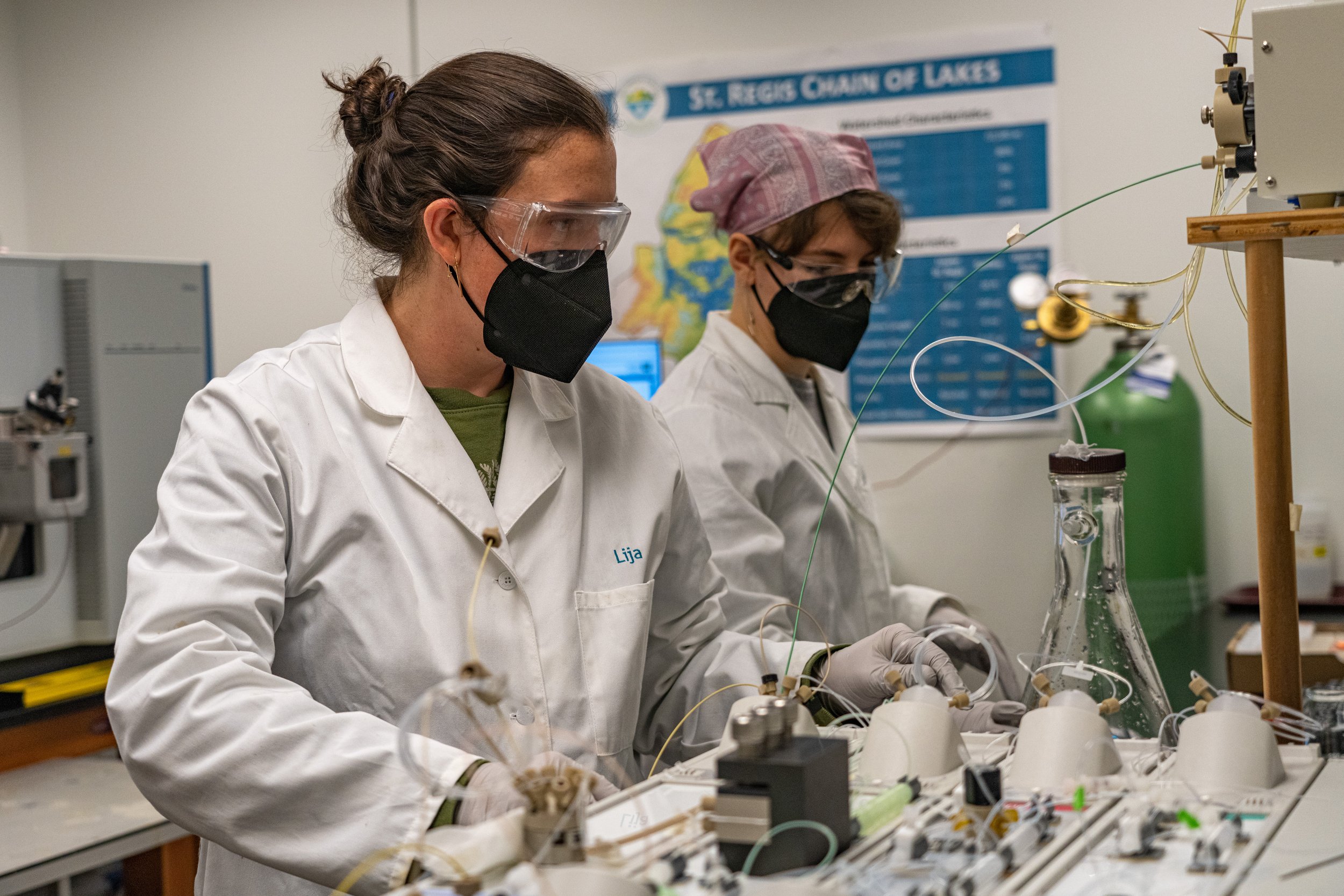
ELAP Certification: What is it, and why did AWI get certified?
In April 2022, the AWI Environmental Research Laboratory became certified under the New York State Department of Health’s Environmental Laboratory Approval Program (ELAP). This certification will help advance AWI’s work, and that of our partners, to protect clean water in the Adirondack region.
